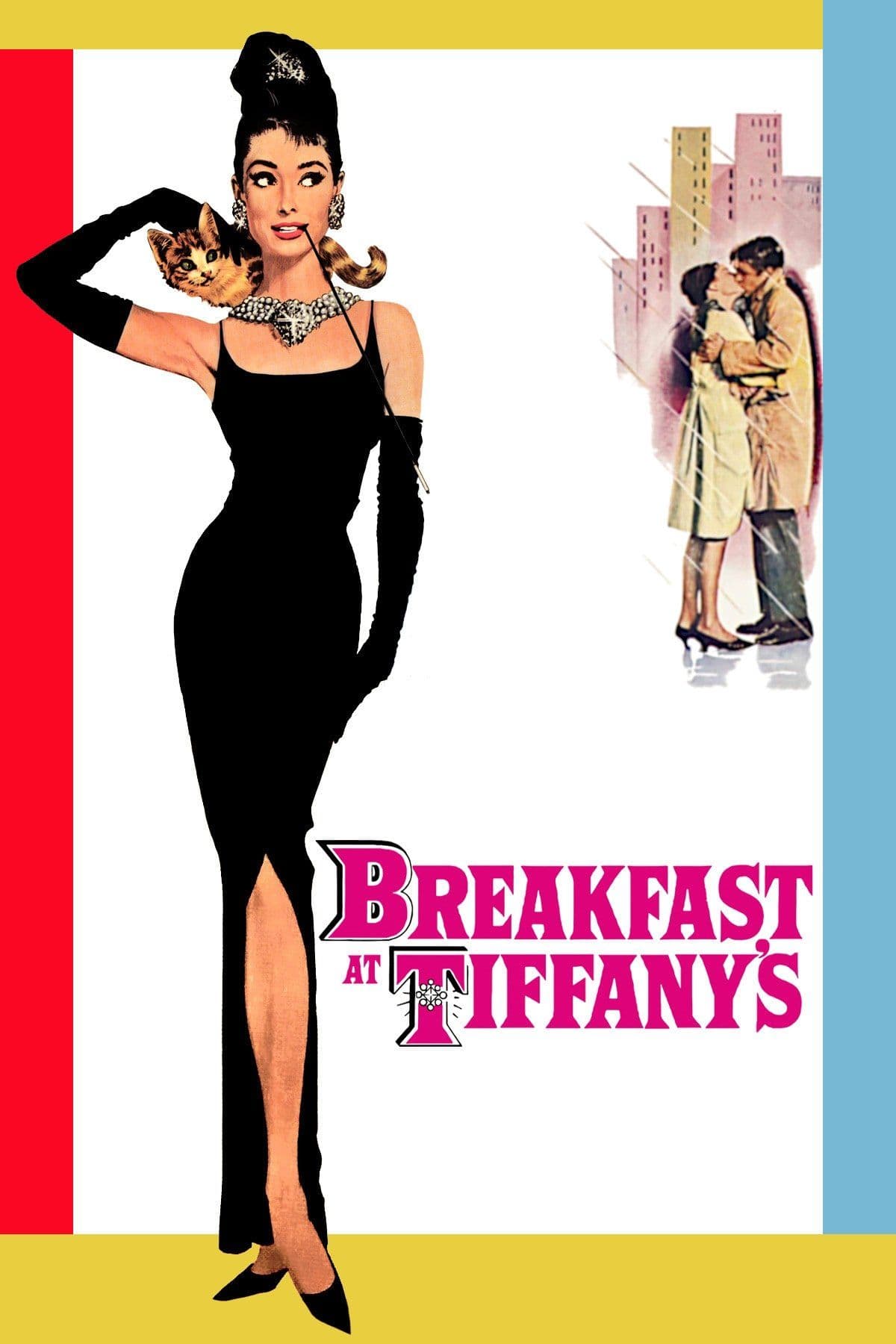
Breakfast at Tiffany's
1961
Rate this movie
Average: 5.00 / 5
(2 votes)
Director
Blake Edwards adapts a Truman Capote novel for the big screen, translating its intimate lightness onto film and stripping it of the atmosphere of minor tragedy that, in the novel, prevails over the comedic tones. This act of transfiguration, far from being a mere censorship or simplification, proves to be a bold act of rewriting that shifts the narrative axis from the poignant nihilism of the original to a more digestible, albeit complex, romantic parable. Capote himself, notoriously dissatisfied with the choice of Audrey Hepburn instead of his preferred Marilyn Monroe and the "cleaning up" of the tones related to Holly's profession, perhaps failed to grasp the brilliant intuition of Edwards and the screenwriters to capture the mood of the time, transforming a story of marginal survival into a style icon and a reflection on female self-determination in 1960s America. The film, in fact, while sugarcoating the text's darker and more melancholic core – consider Paul's ambiguous sexuality, or the more explicit nature of Holly's work in the book – succeeds in capturing the essence of existential solitude that pervades both protagonists, embedding it within a frame of sparkling Hollywood optimism that would become its distinctive hallmark. It is a delicate balance between the authenticity of unease and the aspiration to the American dream, filtered through glamour, a subtle play of veiling that lends the work unexpected depth beneath its effervescent surface.
From this emerges a glam, sophisticated, unusual love story. A visual and sonic palimpsest that defines an era and shapes an aesthetic. Its "unusual" nature lies not only in the relational dynamic but in the way the film elevates fashion and music to actual co-protagonists, almost silent characters that speak more than a thousand words. Givenchy's clothes, the little black dress Hepburn wears with the nonchalance of a metropolitan goddess, are not mere costumes but extensions of Holly's personality, gleaming armor behind which an almost childlike vulnerability is hidden. Their influence extends far beyond the cinematic wardrobe, defining an entire decade of elegance and influencing generations of trendsetters. And then there is Henry Mancini's soundtrack, particularly "Moon River," which from a simple melody transforms into a melancholic anthem to the search for a place to belong, an anthem to the fluidity of desire and the perennial uncertainty of the soul. The scene where Holly sings it at the window, accompanying herself on the guitar, is a moment of rare intimacy, an epiphenomenon of pure beauty that tears away the veil of her worldliness, revealing the pulsating heart of a woman searching for roots, an archetype of the "elegant vagabond" figure that pervades 20th-century popular culture, from the Baudelairean flâneur to the Beat Generation bohemian, but always with an inimitable grace.
Paul, a young penniless writer, has just moved into his new apartment in New York and is attracted to his beautiful neighbor Holly. But Paul Varjak, portrayed with measured sensitivity by George Peppard, is not a mere supporting character or the traditional "knight in shining armor." He himself is a complex figure, a "literary gigolo" maintained by a rich lady (Patricia Neal, in a masterful performance of subtext and regret) and tormented by a writer's block that is a metaphor for his own existential stasis and a deep insecurity about his intrinsic worth. His attraction to Holly is not merely physical but a recognition of a kindred spirit: both, in their own ways, are prisoners of social conventions or golden cages, awaiting a liberation, a catharsis that will manifest in their encounter. Their forced cohabitation in the microcosm of the New York apartment building becomes a laboratory for analyzing the conditioning and aspirations of a generation that, despite being immersed in the economic boom, was beginning to question the deeper meaning of existence.
The woman seems to lead two lives: the first is her worldly one, where she flits from party to party and is perpetually at the center of every gaze; the second is that of a defenseless and insecure woman who appears when the two are alone. Holly Golightly, a name that tells its own story – "Go lightly," proceed lightly, without roots – is a perfect synecdoche of human ambivalence, a simulacrum of post-war youth that oscillates between the desire for freedom and the desperate search for security. Her apparently superficial exuberance is a shield, a daily performance to conceal the primal fear of being "caged," of losing that precarious freedom that defines her. Her obsession with Tiffany & Co., the place where "nothing bad can happen," is not a materialistic whim but the search for a sanctuary, for a stability that the outside world denies her. It is her fetish, her superstitious ritual against the uncertainty of life. Her not naming the cat ("Cat") is the clearest manifestation of this fear of attachment, of definition, of the bond that could jeopardize her eternal escape. This dichotomy between the social facade and the innermost self is the pulsating heart of the character, making her not only a style icon but a complex psychological study on the mask and evolving identity, an inquiry into human fragility concealed behind the apparatus of New York socialité.
An uncertain feeling will emerge between the two, which will have to overcome their differences. Their relationship is not a conventional fairy tale but a bumpy path, punctuated by misunderstandings and revelations, reflecting the complexities of modern emotional bonds. Paul, with his sensitivity and his disillusioned yet empathetic gaze, manages to penetrate Holly's defenses, to see her for who she truly is, beyond her social pretense. And it is precisely in the confrontation between his aspiration for a "normal" life and Holly's constant flight that the dramatic tension and emotional core of the film are generated. The evolution of this relationship is the true backbone of the narrative, a slow unveiling of kindred spirits who recognize and care for each other. The pouring rain in the finale, which washes away the masks and uncertainties, is a crystalline metaphor for the emotional catharsis that leads the two to confront the truth of their feelings. The kiss in the rain, with the cat finally "saved" and named, is not only the closing of a romantic circle but the affirmation of a conscious choice: the risk of attachment against the sterile security of solitude, an anthem to vulnerability as the foundation of authentic connection.
Add the ethereal presence of Audrey Hepburn in the film that consecrated her legend, and one will obtain the true measure of this work's crucial importance. Her performance is not only iconic for its style but is a masterpiece of subtlety and contained expressiveness. Hepburn doesn't merely assume the role of Holly; she is Holly, with her disarming fragility, her innate elegance, and her rebellious spark. She managed to infuse the character with a grace and vulnerability that transcended Capote's vision, making Holly accessible and universally loved, despite her blatant contradictions. Her interpretation cemented not only her status as a global style icon but also that of an actress capable of conveying deep emotional nuances behind an enigmatic smile. The film, consequently, is not only a classic of romantic comedy but a fundamental piece of the American Zeitgeist of the 20th century, a work that, through its sparkling surface, continues to question us about the nature of happiness, identity, and the desire to finally find a place to call home, even if that place is only the heart of another human being. It is an invitation to risk attachment, to dare to love, even when the "wild thing" within us pushes us to flee towards uncertain horizons.
Country
Gallery
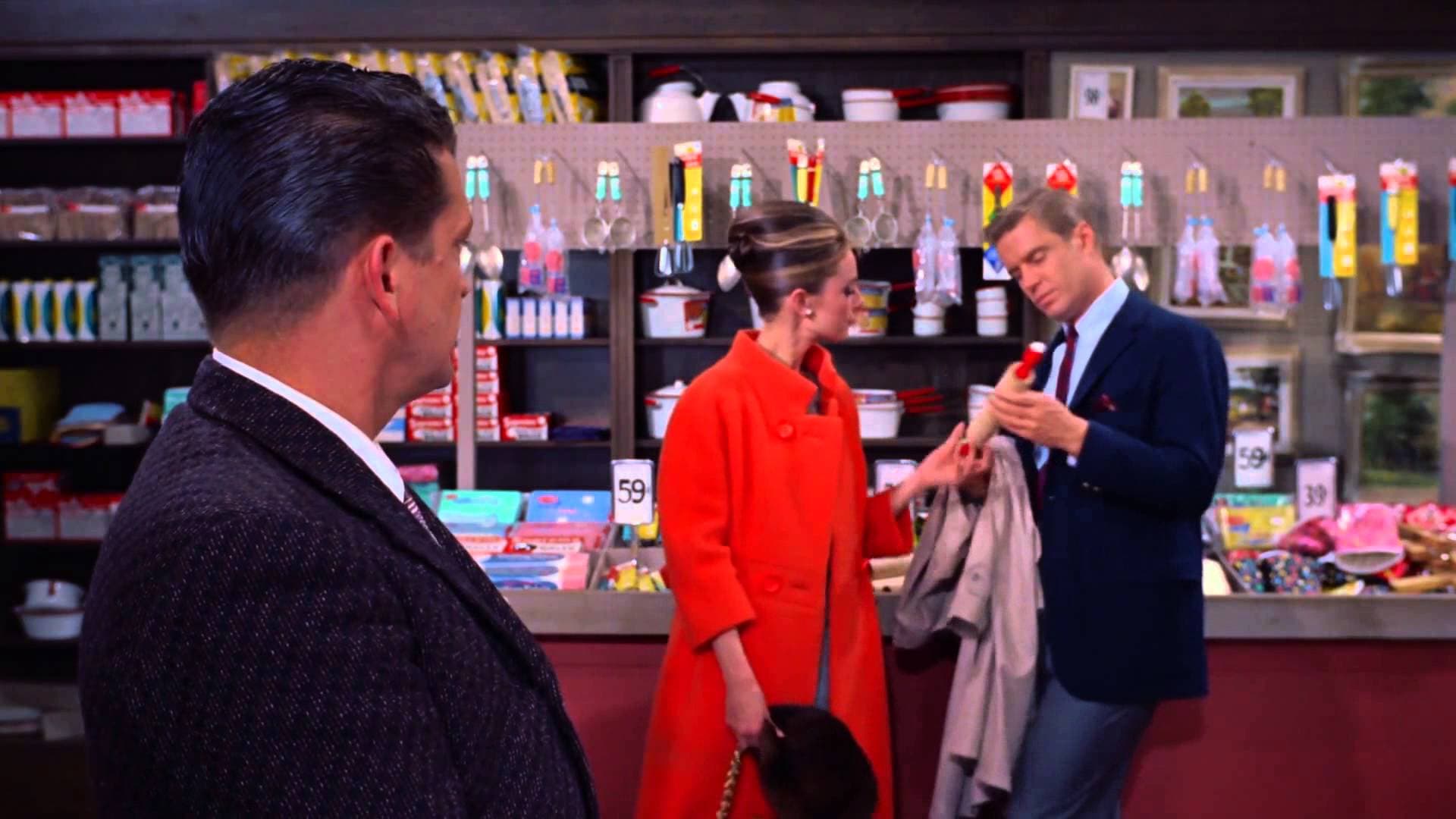
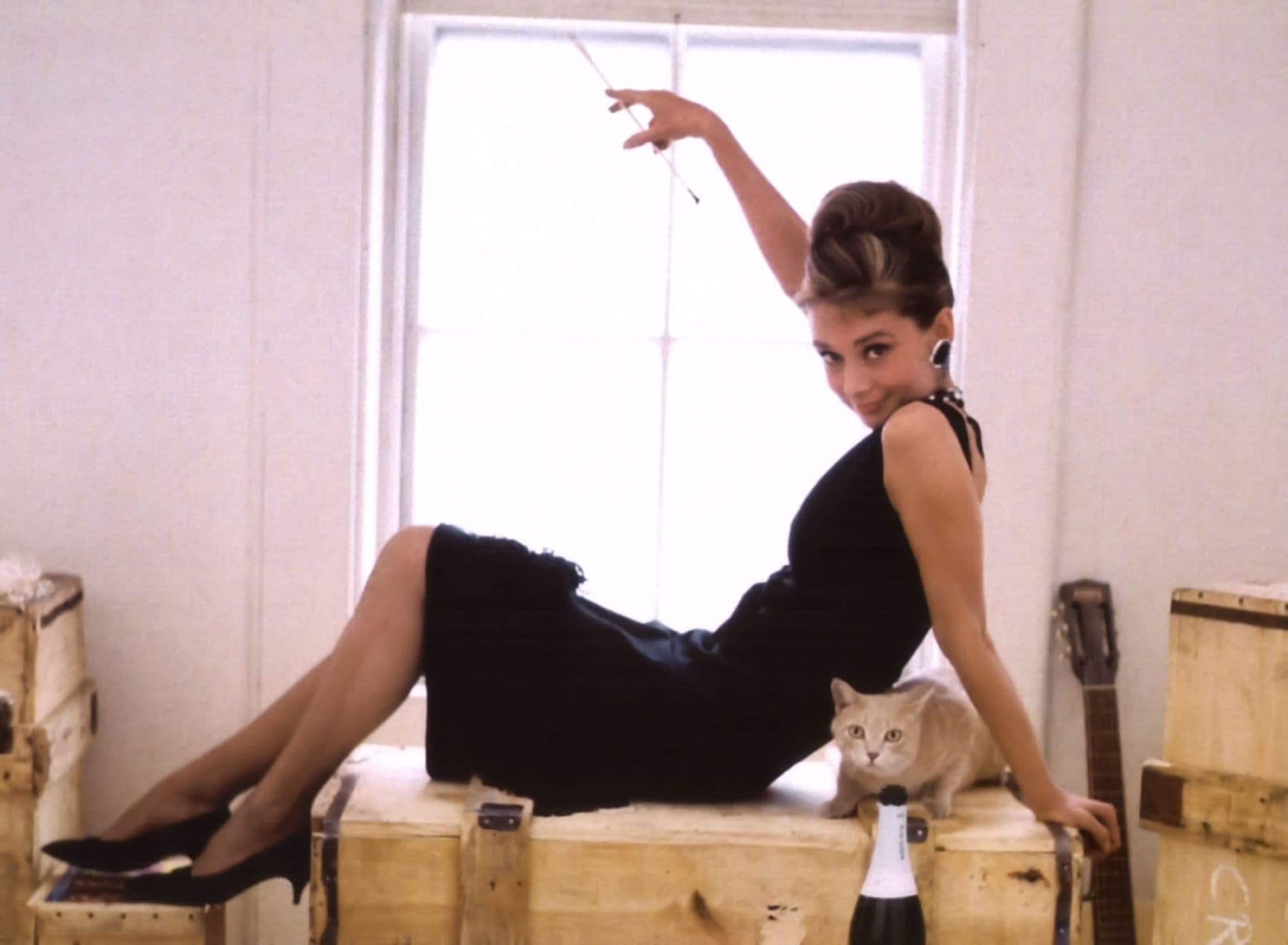

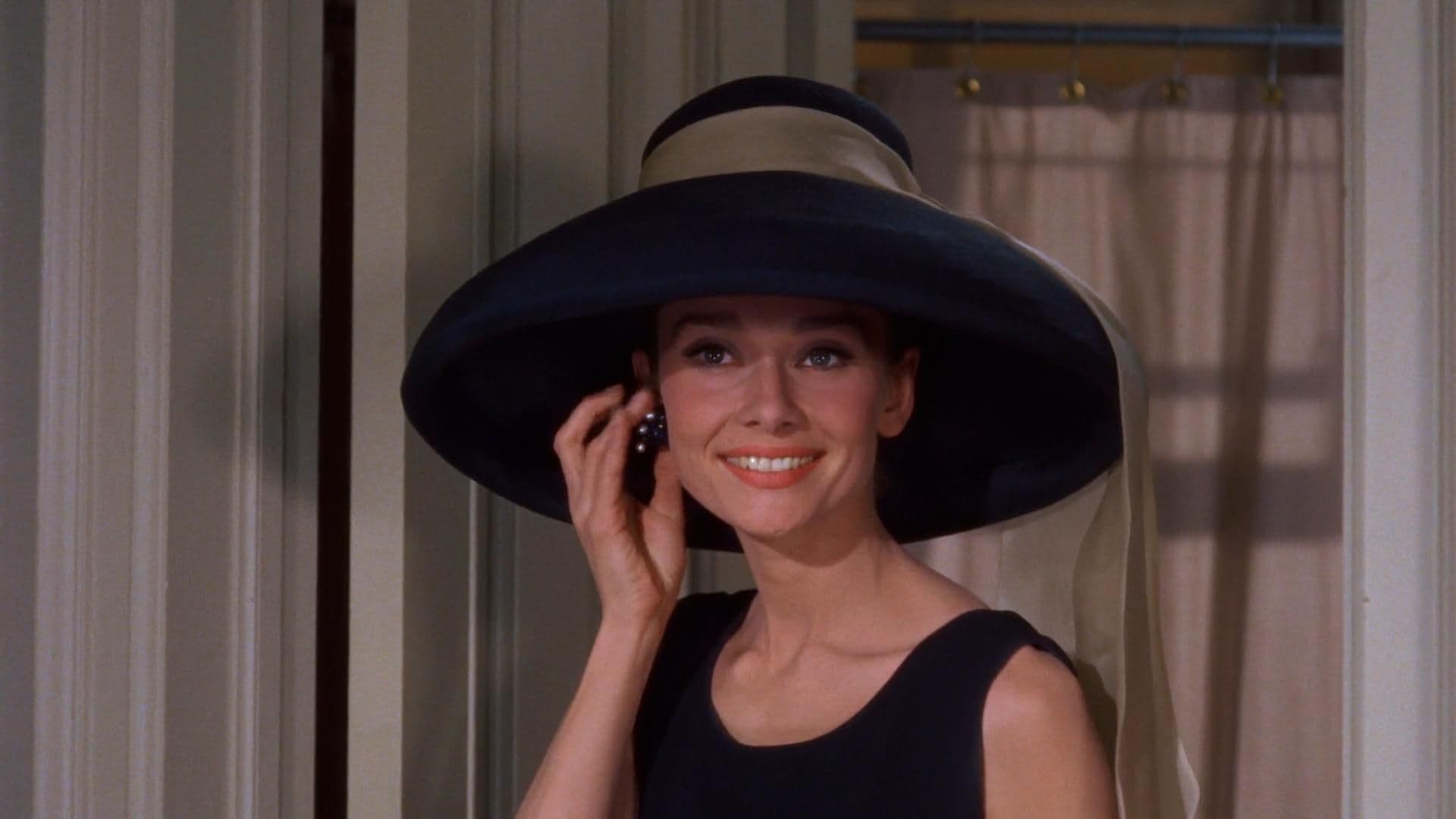

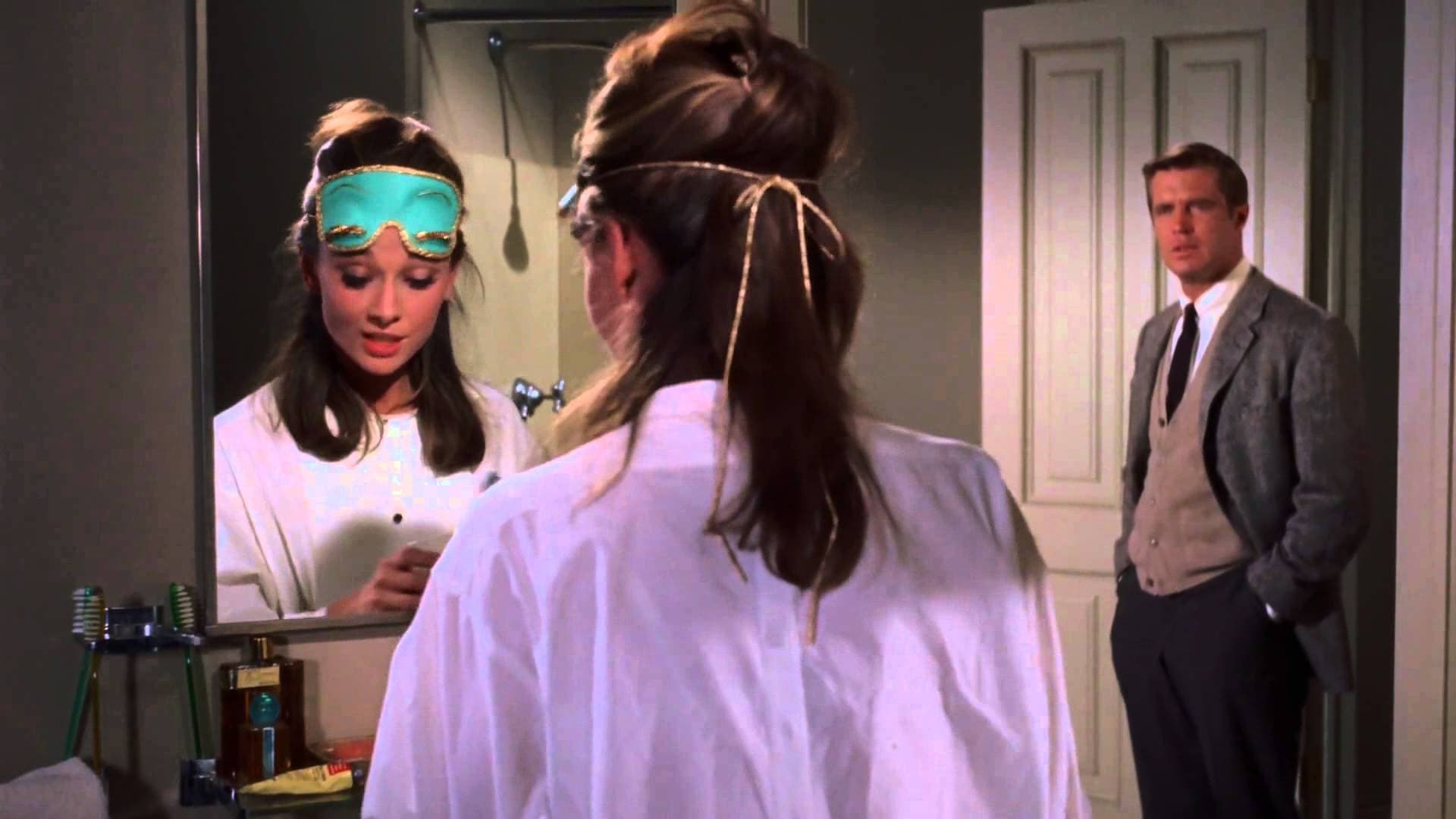
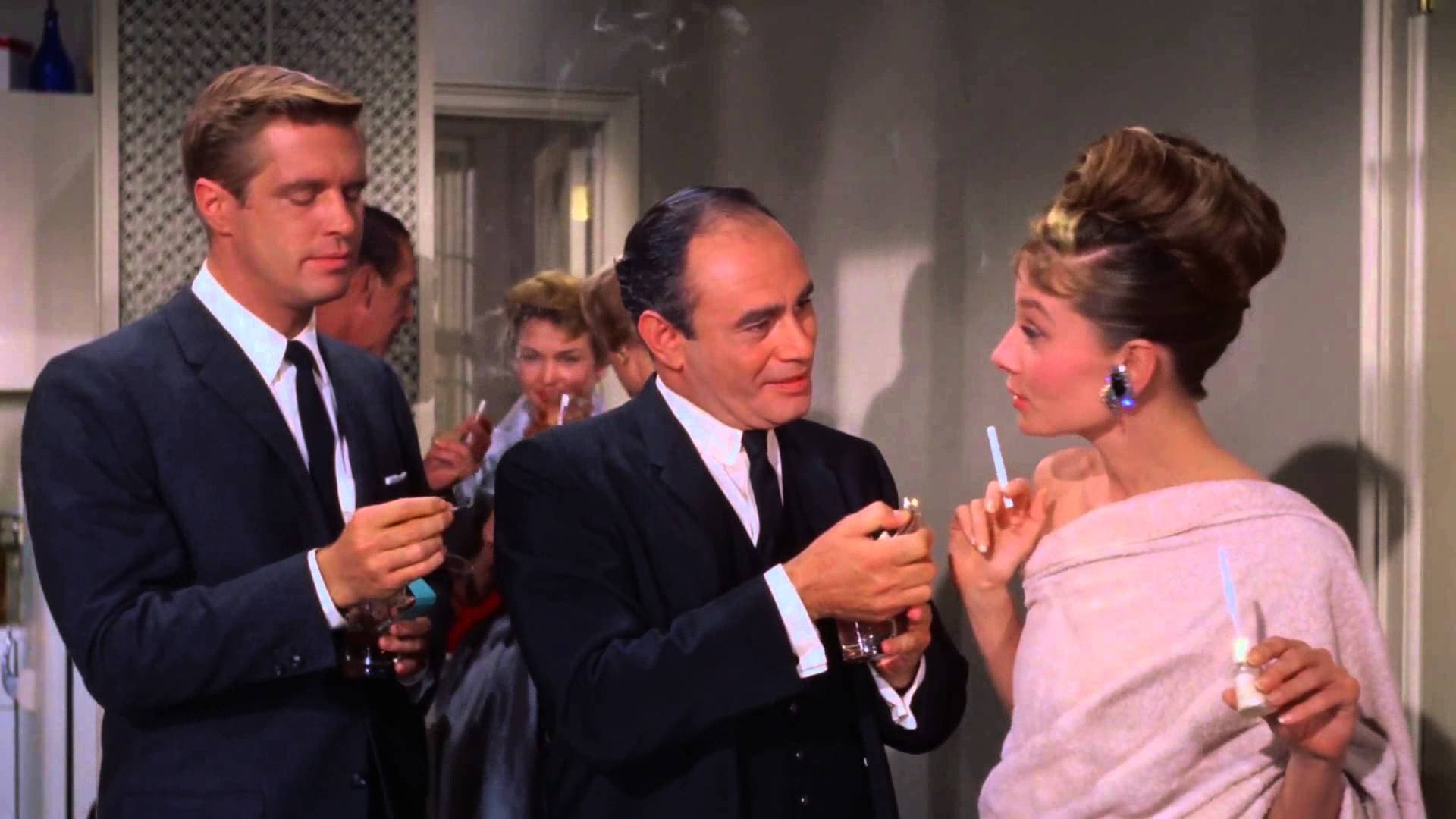
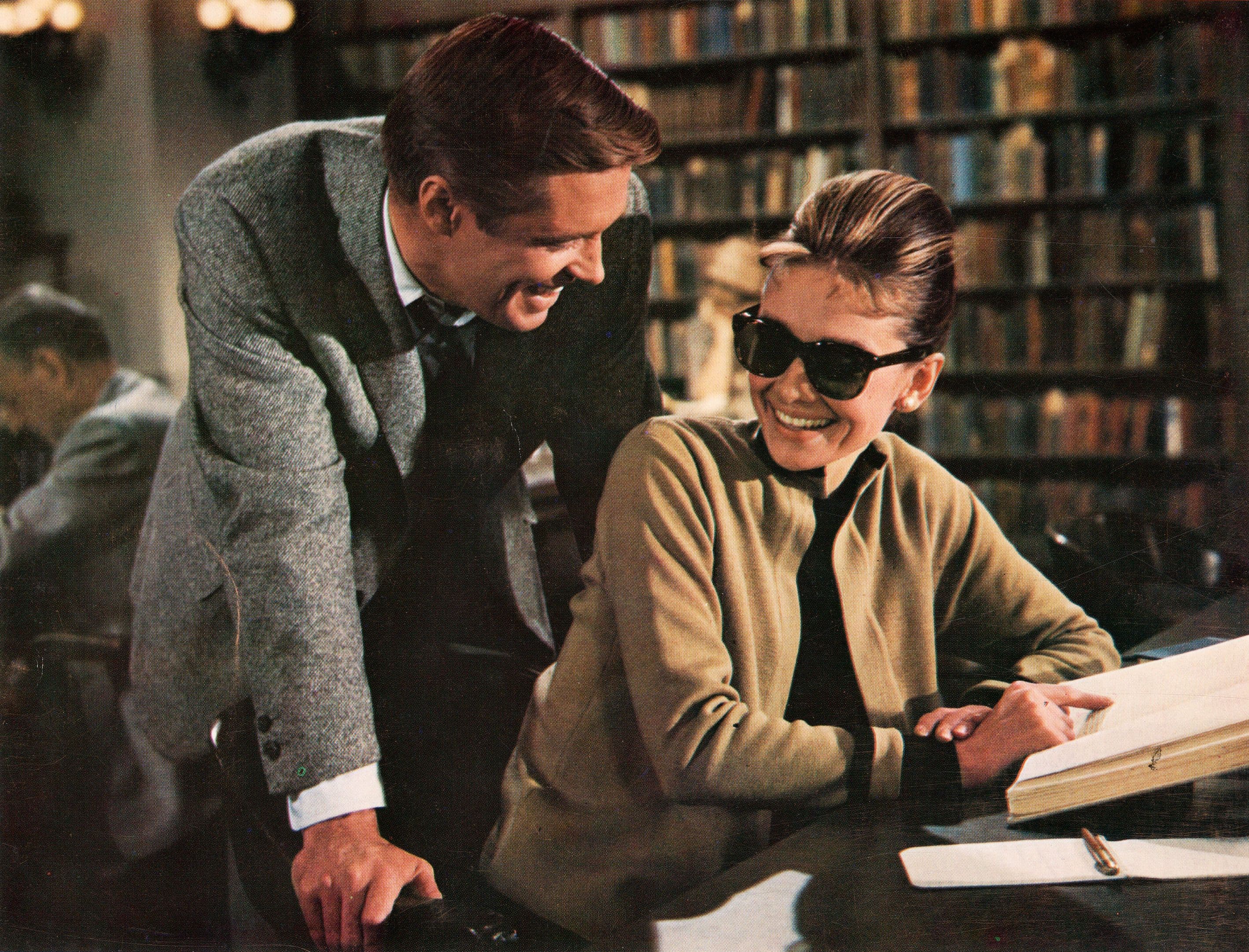
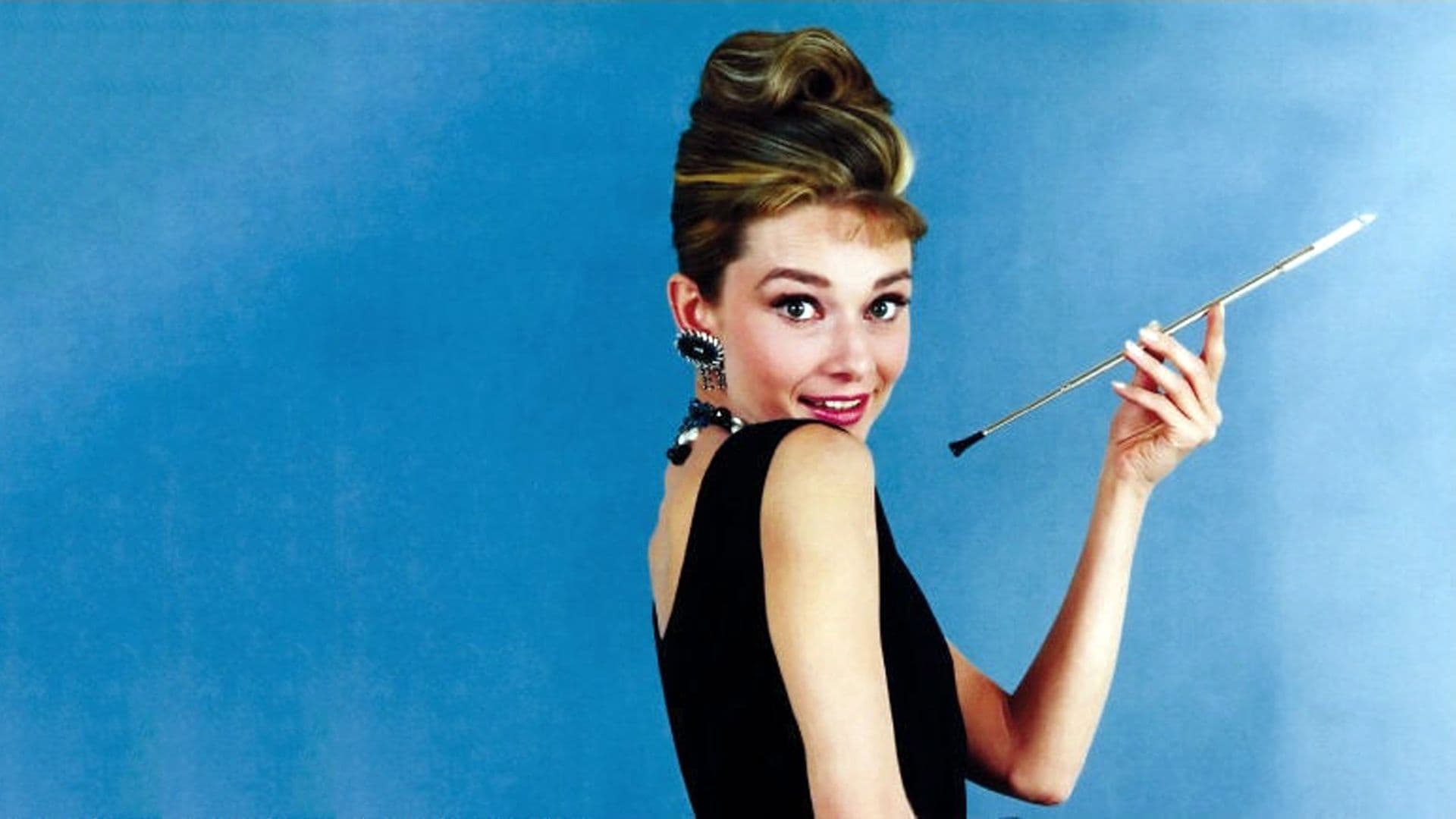
Comments
Loading comments...